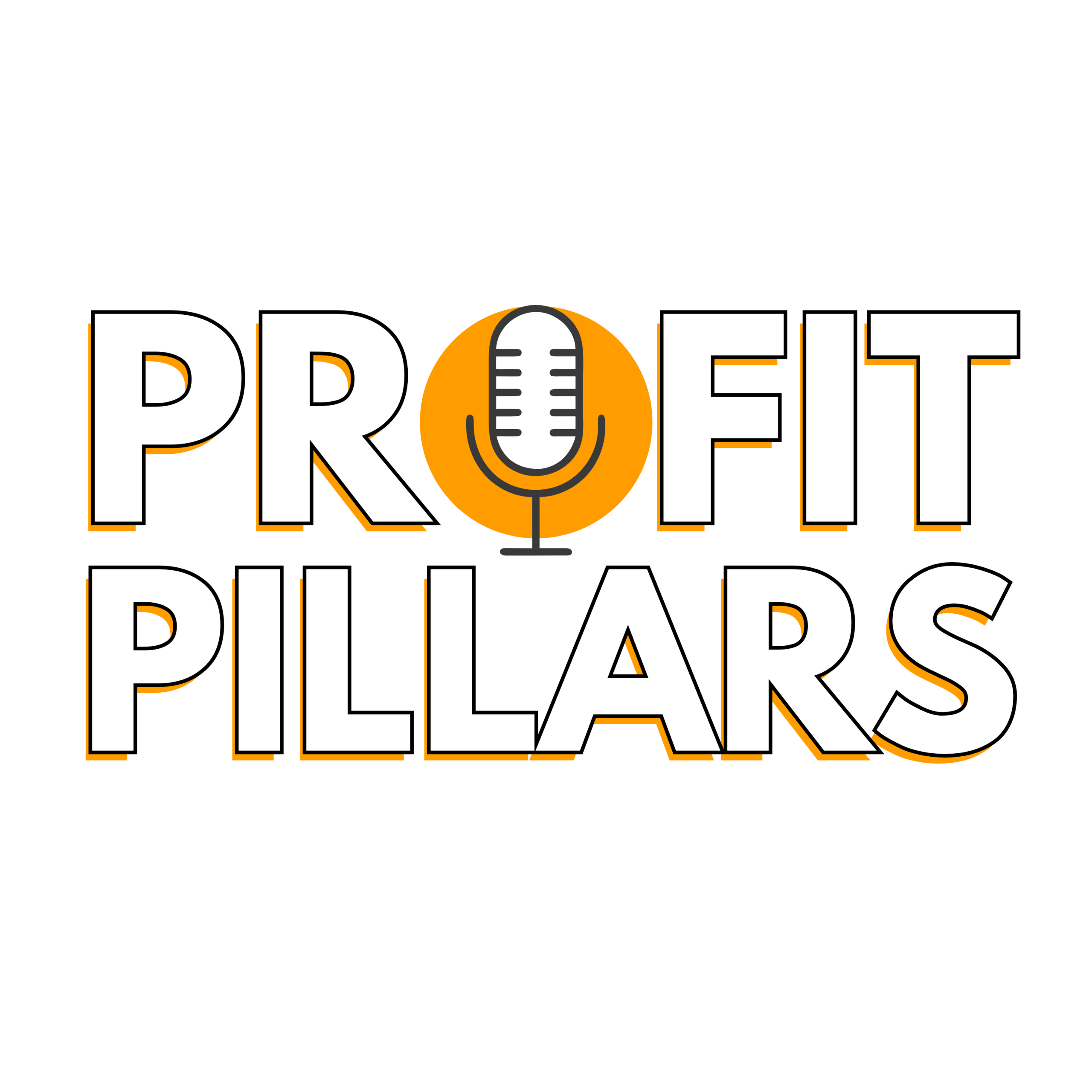How to Build a Financial Forecast for a Coaching Business.
SUBSCRIBE TODAY
Episode Summary
In this episode of The Profit Pillars Show, Parker Stevenson, CEO of Evolved Finance and author of Profit Pillars, walks through how to create a financial forecast for a coaching business (or really any online or modern small business). Drawing from his corporate finance experience at Adidas Golf, Parker explains how forecasting isn’t just for large companies with inventory, but is a crucial tool every business owner can use to set goals, plan expenses, and stay focused.
He begins by contrasting forecasting with simply looking at past financial data. While reviewing historical numbers is important, forecasting allows you to set intentional revenue targets and build a plan to achieve them. Parker emphasizes starting with clear revenue goals, breaking them down by quarter or month, and using the four profit pillars, labor, offer delivery, operating expenses, and owner’s pay, to shape a realistic budget.
Parker shares why defining how much you personally need to make is a powerful first step. From there, he outlines how to calculate the profit your business must generate to cover that amount, account for taxes (with 30% as a good starting point for U.S.-based businesses), and still maintain healthy margins. He also highlights the importance of knowing your average monthly expenses so you can set revenue goals that cover costs while funding your personal pay and tax obligations.
The conversation covers how to work backward from your revenue goals to determine the number of clients or sales you need, factoring in seasonal trends that may impact demand. Parker stresses that even a simple spreadsheet forecast can help you focus your sales and marketing efforts, avoid distractions, and make proactive decisions instead of reacting to financial surprises.
Whether you’re an established business or just getting started, Parker makes the case that forecasting is not an advanced concept reserved for big corporations, it’s an essential skill that gives every business owner more clarity, control, and confidence in building a profitable future.
Important links from this episode:
Profit Pillars Book: evolvedfinance.com/book
Evolved Finance Services: evolvedfinance.com/services
Finance Tools and Courses: evolvedfinance.com/learn
Frequently Asked Questions
Here are a few common questions business owners ask around this topic:
At a minimum, review your forecast quarterly so you can compare your actual results with your projections and make adjustments for changes in your business. This keeps your numbers relevant and ensures you’re making decisions based on up-to-date information rather than outdated assumptions.
Not necessarily. Many small business owners start with a spreadsheet because it’s flexible, inexpensive, and easy to customize. The most important factors are having clean, accurate financial data from your bookkeeping and using realistic assumptions based on your business’s history and goals. As your business grows, you might explore specialized forecasting tools for added automation and scenario planning, but a spreadsheet can be powerful when used consistently.
Most coaching businesses find a 12-month forecast strikes the right balance between strategic planning and accuracy. It’s far enough ahead to plan launches, events, and hiring, but short enough to adjust when circumstances change. For long-term projects, you can extend your forecast to 18–24 months, but keep in mind that the further out you project, the more frequently you’ll need to revisit assumptions to keep them realistic.
Yes, and in fact, it’s even more important if your revenue fluctuates. A forecast allows you to plan for those ups and downs by building in conservative estimates, creating multiple scenarios, and preparing for leaner months in advance. This approach helps you smooth cash flow, avoid panic during slow periods, and capitalize on busy seasons.
The right level of detail depends on how you’ll use it. At a minimum, we recommend breaking down revenue by offer or program and grouping expenses into meaningful categories like marketing, software, team costs, and taxes. Adding more detail, like separating recurring expenses from one-time investments, can give you greater clarity. The key is to make it detailed enough to guide your decisions without making it so complex that you avoid updating it.
Not at all. Even solo entrepreneurs and early-stage businesses can benefit from forecasting. It gives you a roadmap for covering expenses, deciding when to invest in growth, and identifying the revenue targets you need to reach. Starting this habit early means you’ll be better equipped to scale sustainably and avoid the feast-or-famine cycle many small businesses face.
More recent episodes
Can Business Owners Trust Virtual Accounting Teams?
- October 22, 2025
What Should a Bookkeeper Be Doing for Your Online Business?
- October 15, 2025
Our Services
Learn more about our bookkeeping and tax services
The Profit Pillars Show
The Profit Pillars Show by Evolved Finance gives online entrepreneurs and modern small business owners the real-world guidance and insights they wish they had sooner. Each episode delivers actionable, straight-to-the-point advice on finances, operations, and overall business strategy, drawn from host Parker Stevenson’s years of experience helping entrepreneurs build stronger, more profitable businesses.

